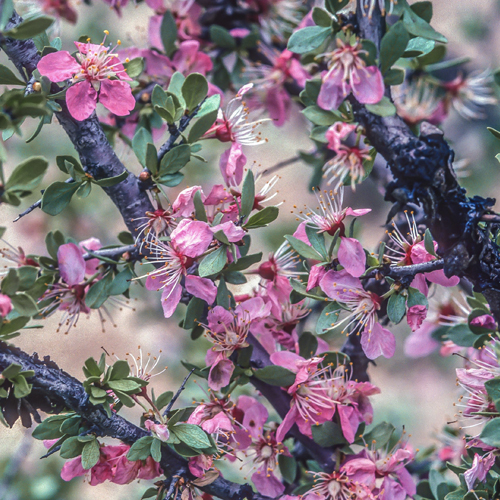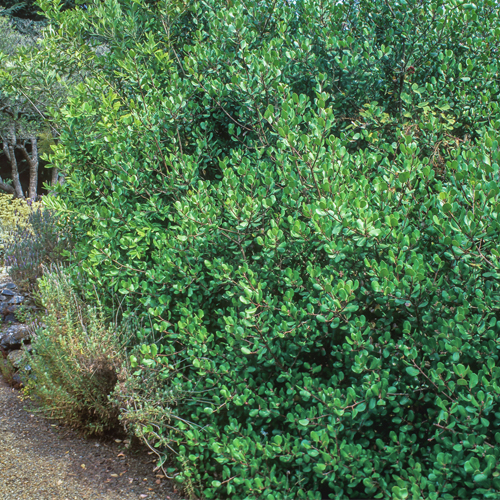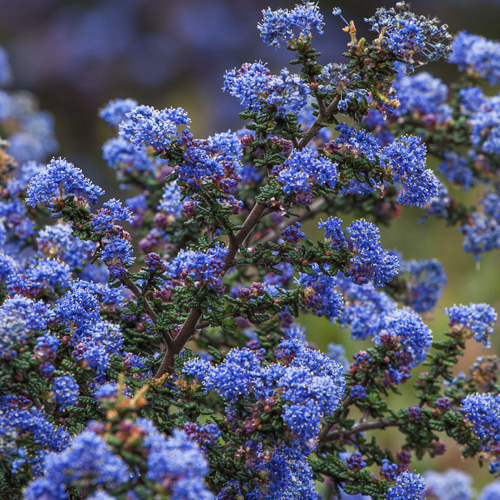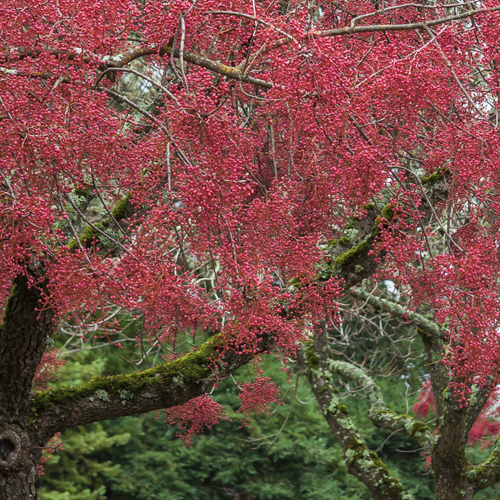Oaks and Sages
BACK TO FULL TOUR
Garden Features
Drought Tolerant
Edible Garden
California Natives
Drip Irrigation
Pesticide Free
Rain Garden
Reclaimed/Recycled Materials
Sheet Mulching
Lawn Conversion
Lawn-Free Landscaping
Permeable Surfaces
Wildlife Habitat
Partner: North Marin Water District
A Master Gardeners Own Native Garden.
In 2024, we’ve had another rainy winter after years of debilitating drought, and I’m tempted to think that it might be ok after all to put in a thirsty garden, a little thirsty garden, somewhere that would be easy to reach with a hose. This thought is enticing, but it’s very far from reality. Climate scientists tell us that our Bay Area climate has been water-stressed far more often than it has been water-sufficient. Drought is not done with us yet.
Besides, I love my drought-tolerant California native plants. For example, the sages in my garden keep bringing me back to reality with their beautiful gray-greens and purples, their various sizes and growing habits, and their unique aromas. Even pruning them back at the end of the season is a joy, knowing they’ll reliably anchor my garden again in the spring.
This year I took a chance and purchased a pound of California wildflower seeds. I have no idea how well they’ll do, but in the fall I scattered them about, mostly in the backyard. I can see that the phacelias and poppies have already sprouted, and I hope for pleasant surprises ahead. In addition, I planted California fescues, St. Catherine’s lace, and yarrows on the low mounding backyard terraces that support the lemonade berry and ceanothus bushes. Those expansive bushes are now in their sixth year here and show no signs of slowing down. They’ve held up well against winds that took down one of my fences last winter. I’m counting on them to continue persevering, no matter what the weather, and host the birds and insects that find their shelter compatible. So far, I must say, we’re all doing fine together.
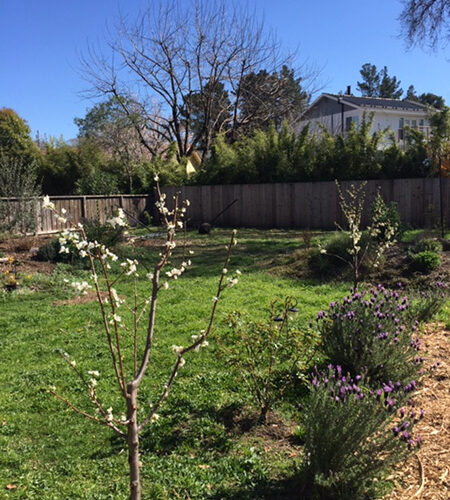
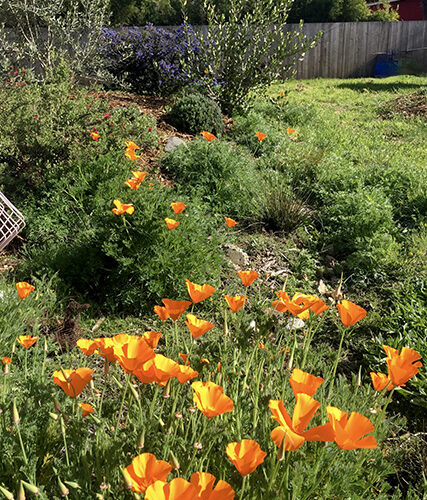
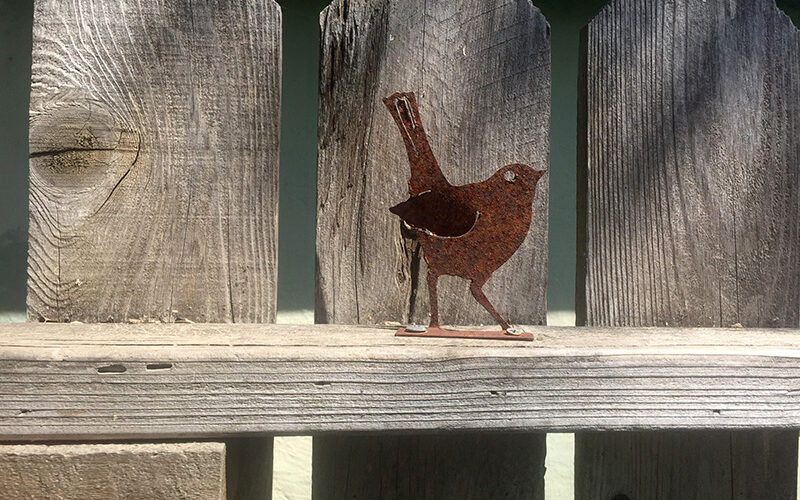
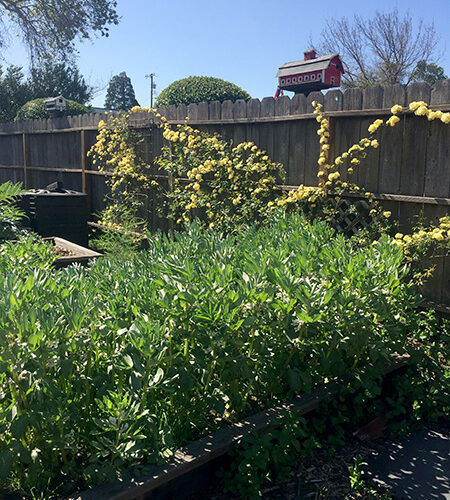
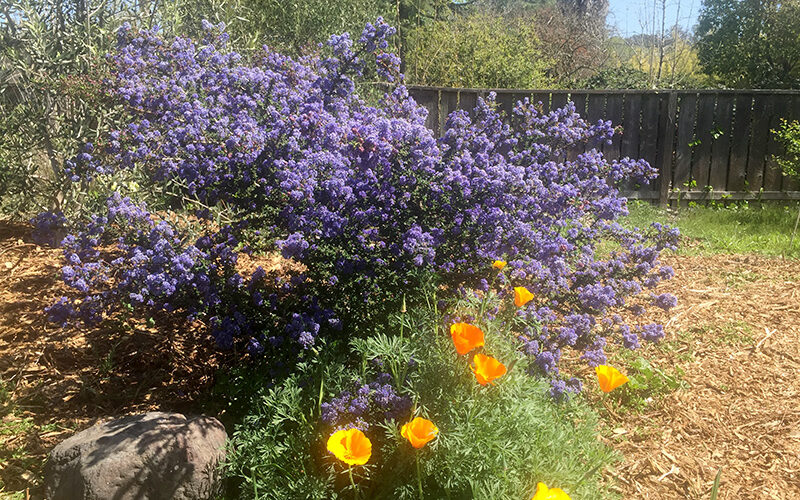
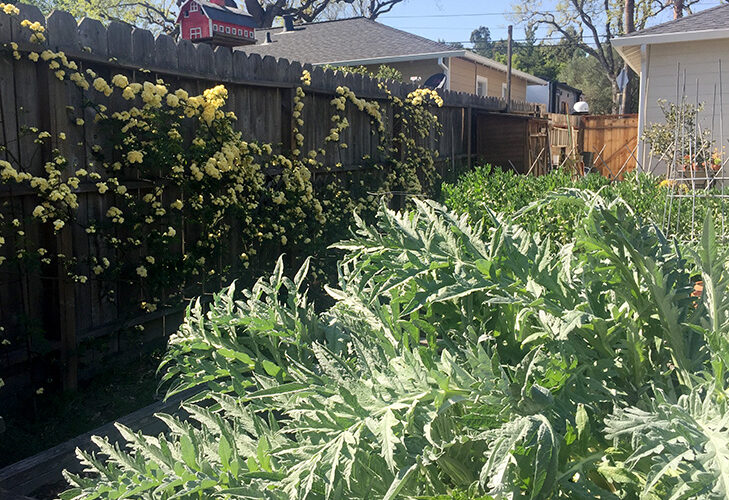
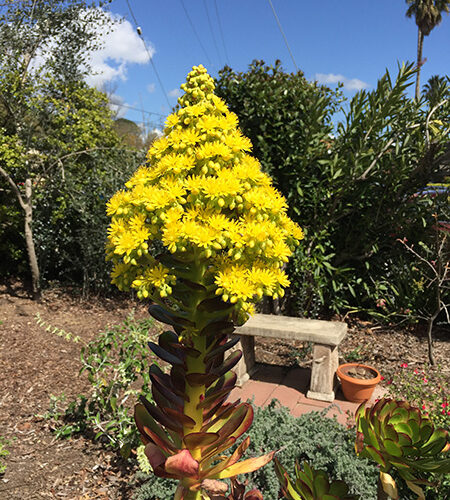
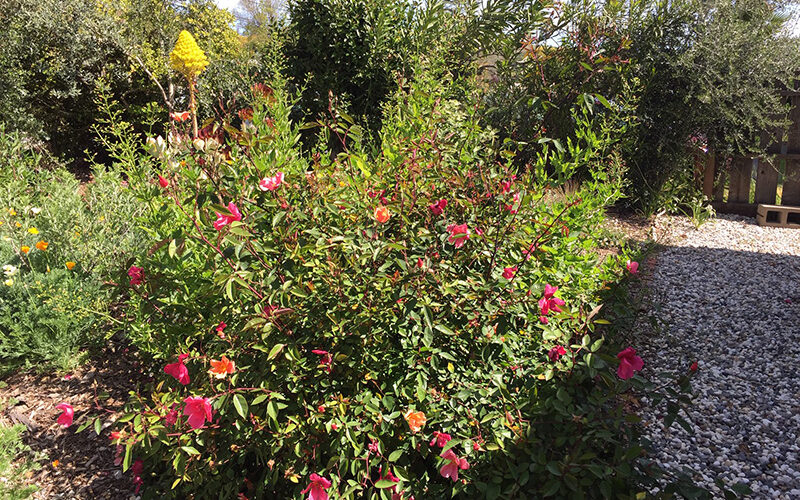
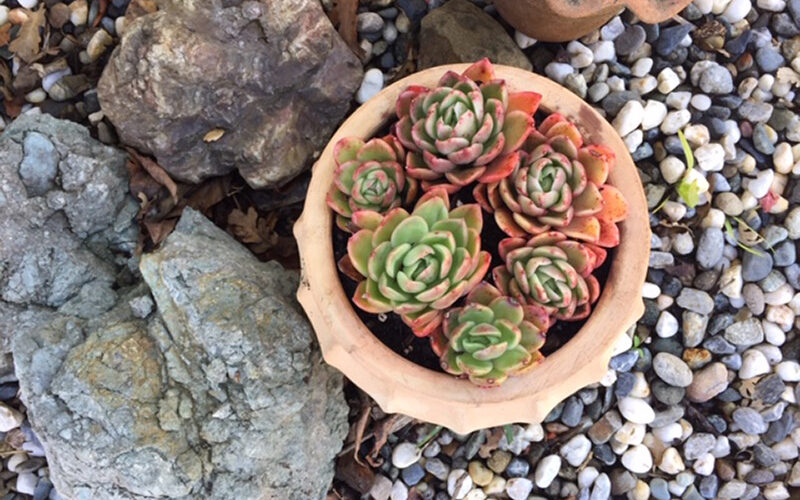
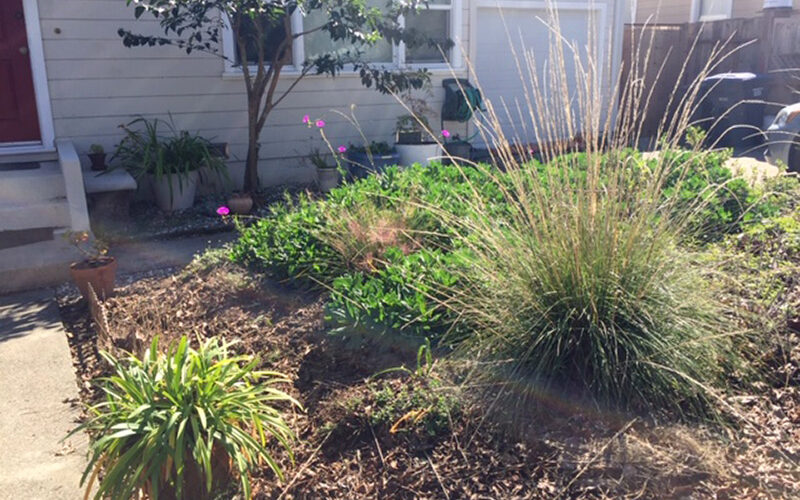
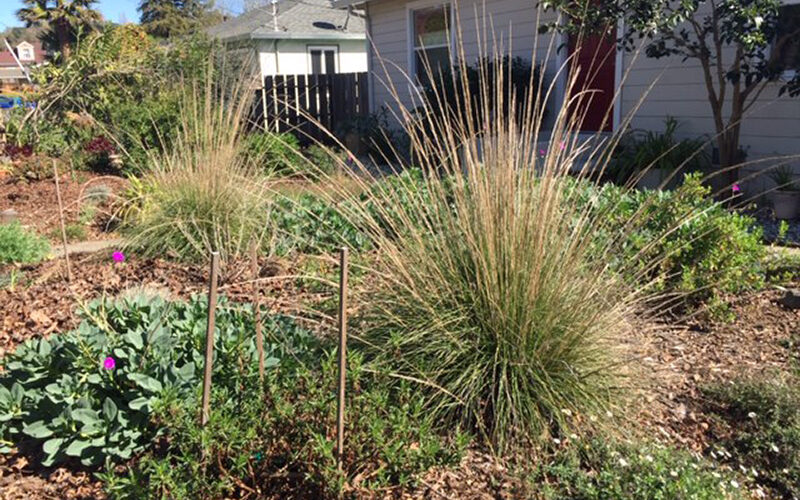
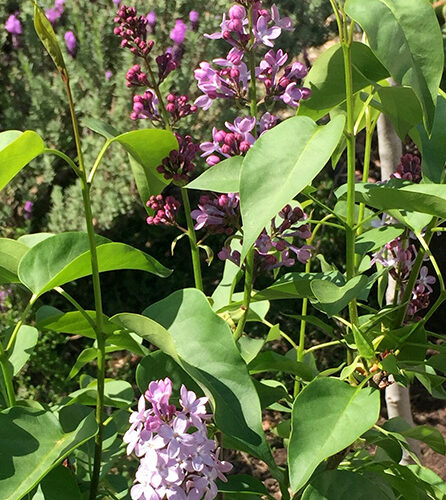
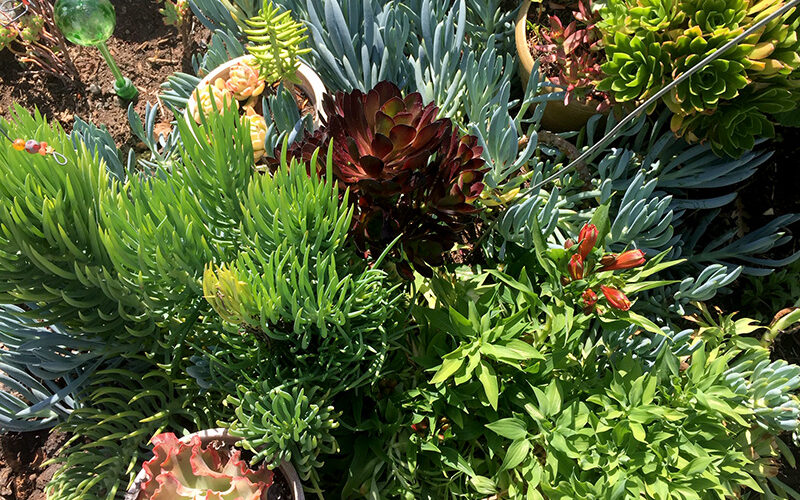
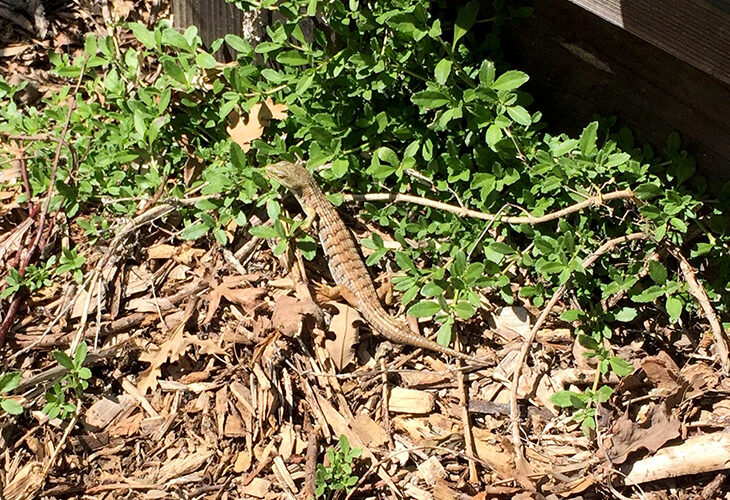
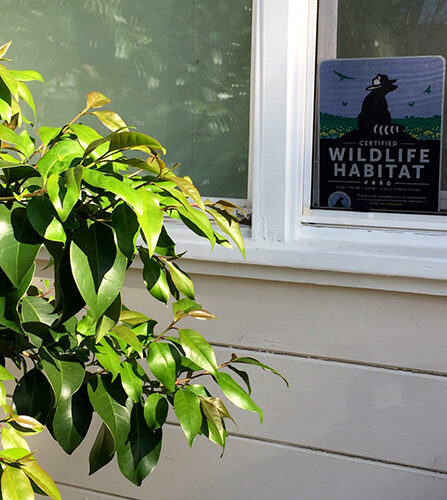
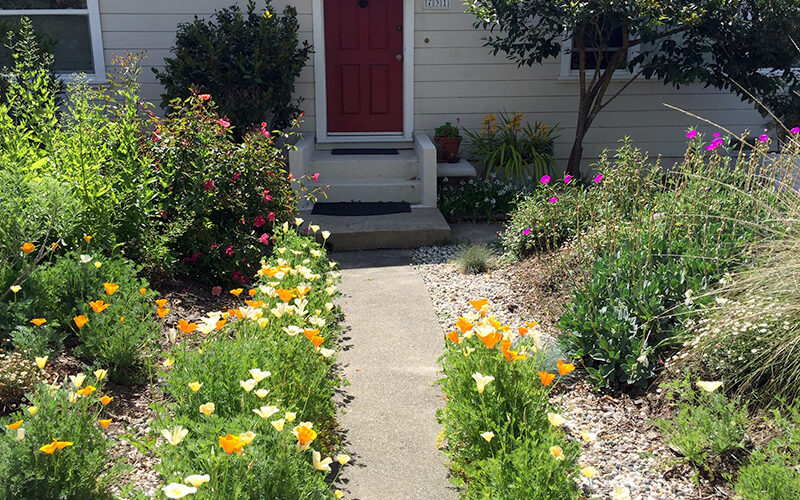
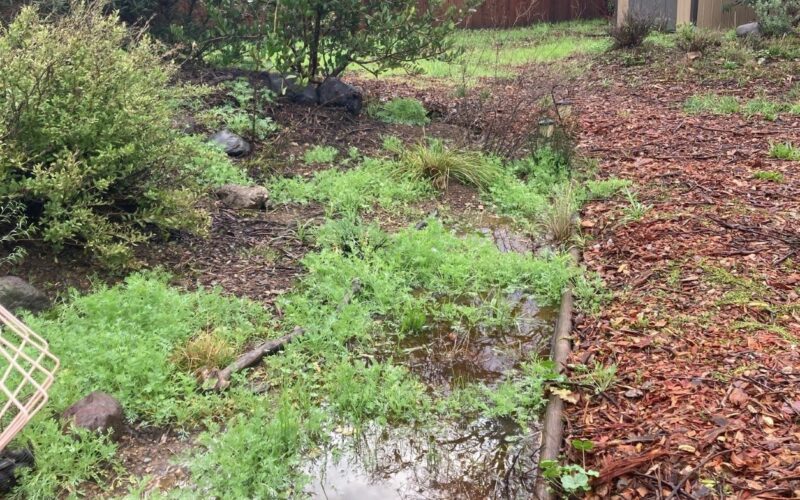
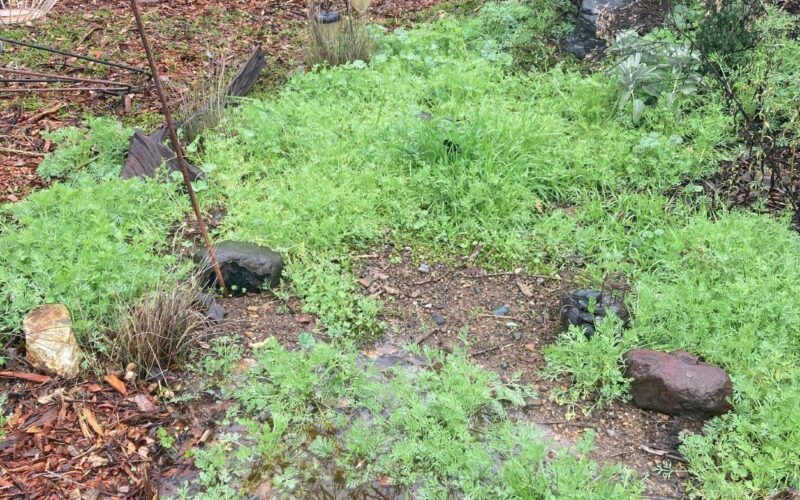
Plants in this Garden
Favorite Plants
Lippia Repens
Phylla nodiflora
Lemonade Bush
Rhus integrifolia
White Sage
Salvia apiana
Cleveland Sage (several cultivars, including Allen Chickering)
Salvia clevelandii
California Bee Plant
Scrophularia californica
Favorite Garden Suppliers
The Watershed Nursery
601a Canal Boulevard Richmond
Recommended Resources
Nature's Best Hope
Written by Douglas W. Tallamy. This book is a fine guide to a homegrown habitat.The Nature of Oaks: The Rich Ecology of Our Most Essential Native Trees
Written by Douglas W. Tallamy.Designing California Native Gardens
Written by Glenn Keator and Alrie MiddlebrookGardening Tips
Birds Love Native Plants
California native plants, wherever you can put them! If you love birds, these are the plants that will encourage, nurture, and shelter them.
Start with your soil!
which will probably need some help. Contact your local Master Gardeners for ideas on how to improve it.
Visit other gardens for inspiration.
Every year I find great inspiration from visiting other people’s gardens – seeing what works and what hasn’t, talking to the gardeners who are actively creating their beautiful gardens. With the climate changing as rapidly as it is now, we need all the information we can find.
